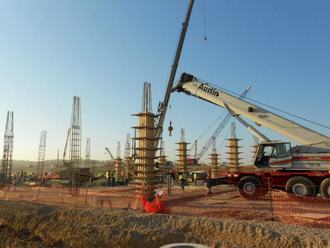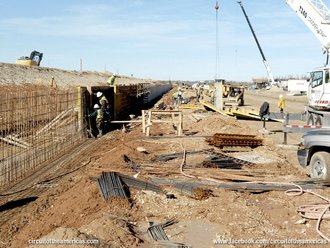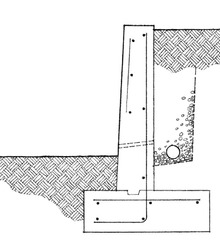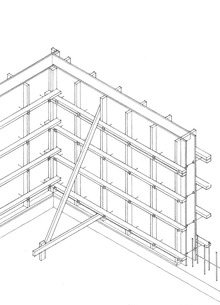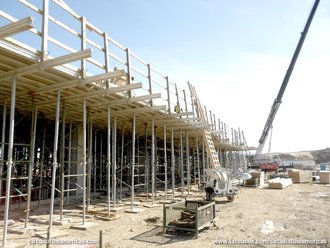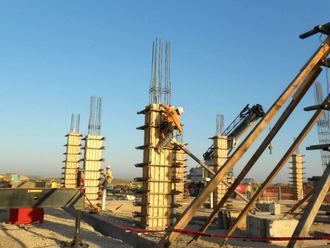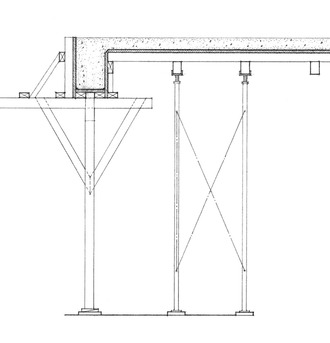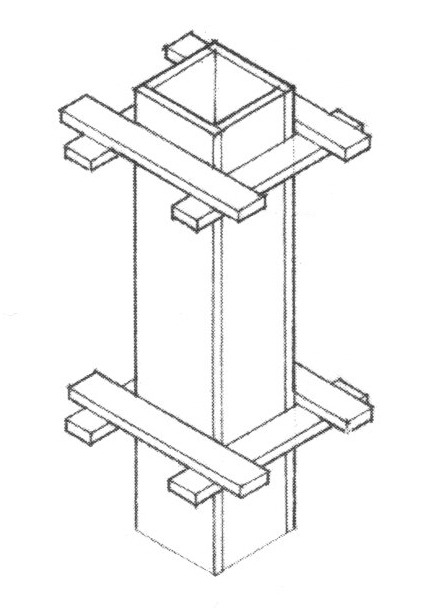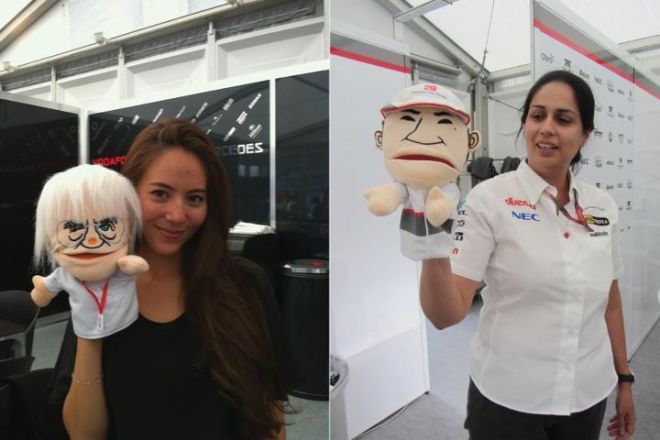 As many of us look back on 2011, what stands out as your favorite memory?
As many of us look back on 2011, what stands out as your favorite memory?
From time to time I take a look at what we were writing about on this site at the same time last year. Imagine my surprise to discover it was the aerial photos of the racetrack site, before any construction had begun. From my window seat on a flight into Austin, I was surprised how many times I had flown over the land before and never really noticed it, but honestly, there wasn't too much to stare at in Elroy from an airplane window. However, just a day after our photo release, first signs of work appeared on site as a construction crew met with Tavo Hellmund for a photo-op and official ground-breaking of the site. It wasn't quite the gold shovel event we were hoping it would be, but naysayers and 'boondoggle' speculators were hushed as Tavo showed the world that construction was underway.
Since this announcment, looking back at 2011 has revealed a truth, it's been a fantastic year, both as fans of motorsports and as a team here at AGP, we have constantly been surprised with each of this year's exciting happenings. From early on in the year, the connection we made with Asif Kapadia facilitated the introduction of SENNA at the SXSW film festival, opening up the life of Ayrton Senna for fans and non-fans of motorsports. From my point of view, it truly changed my life, not only seeing the immense technical and competitive war within the sport, but personalities that extended far beyond the track. It opened up the sport to me in a way that even Kevin couldn't explain, and many we talked with as well, were also just so surprised with the way the movie effected them.
Following the SXSW festival, the formal announcment of Circuit of The Americas at the press conference in April came quicker than expected, with the added bonus of MotoGP and growing evidence of major site construction and heavy equipment at the track. The summer's city council meetings along with the MAKE IT HAPPEN campaign we started, helped drive the community to rally to support COTA and the City of Austin to move forward.
During the one month Formula 1 break, the SENNA movie returned to Austin as the hype for Formula 1 grew and getting a chance to speak with viewers of the film just following their experience at Violet Crown Cinema was a real treat. To add icing on the cake, Red Bull Racing and former F1 driver David Coulthard visited Austin for a commercial shoot which roared throught the streets of downtown and the county roads outside. This was a great chance for many to get their first glimpse at an F1 car in person. It was quite a treat and undoubtibly was a great sucess in opening the eyes (and ears) of many curious Austinites.
The final leg of the season segwayed into a downtown watch party location at SIX Lounge, and started a new venue for fans and non-fans to get together and watch, learn, and relax on a Sunday afternoon. Opening up an additional location was critical in our mind to help expand the reach of motorsport to new fans.
As the one year countdown to the innagural race approached, things began to shake up a bit between Bernie Ecclestone and the officals of COTA. Things finally were ironed out just a few weeks later, and on December 7th, the official placement of the Formula 1 race in Austin was secured, along with a revised contract with the officials of COTA and F1. It was an early holiday treat, but a very welcome one as the fate of Austin's race was surely going to effect the fans in the US.
So where are we today? Looking back at this past year and the magnificent things that have happened, it's hard to not be so anxious for 2012 to begin. Only a few hours away and we'll be counting down the days to the first race at COTA and the return of Formula 1 to the U.S. after several years. It should be no surprise that more and more attention will be paid to what's happening here, likely to cause some headaches, but nontheless, we are proud to welcome everything that will be happening in 2012. It's likely to get 300% more exciting, and we at AGP are ready for 2012! Are you?


